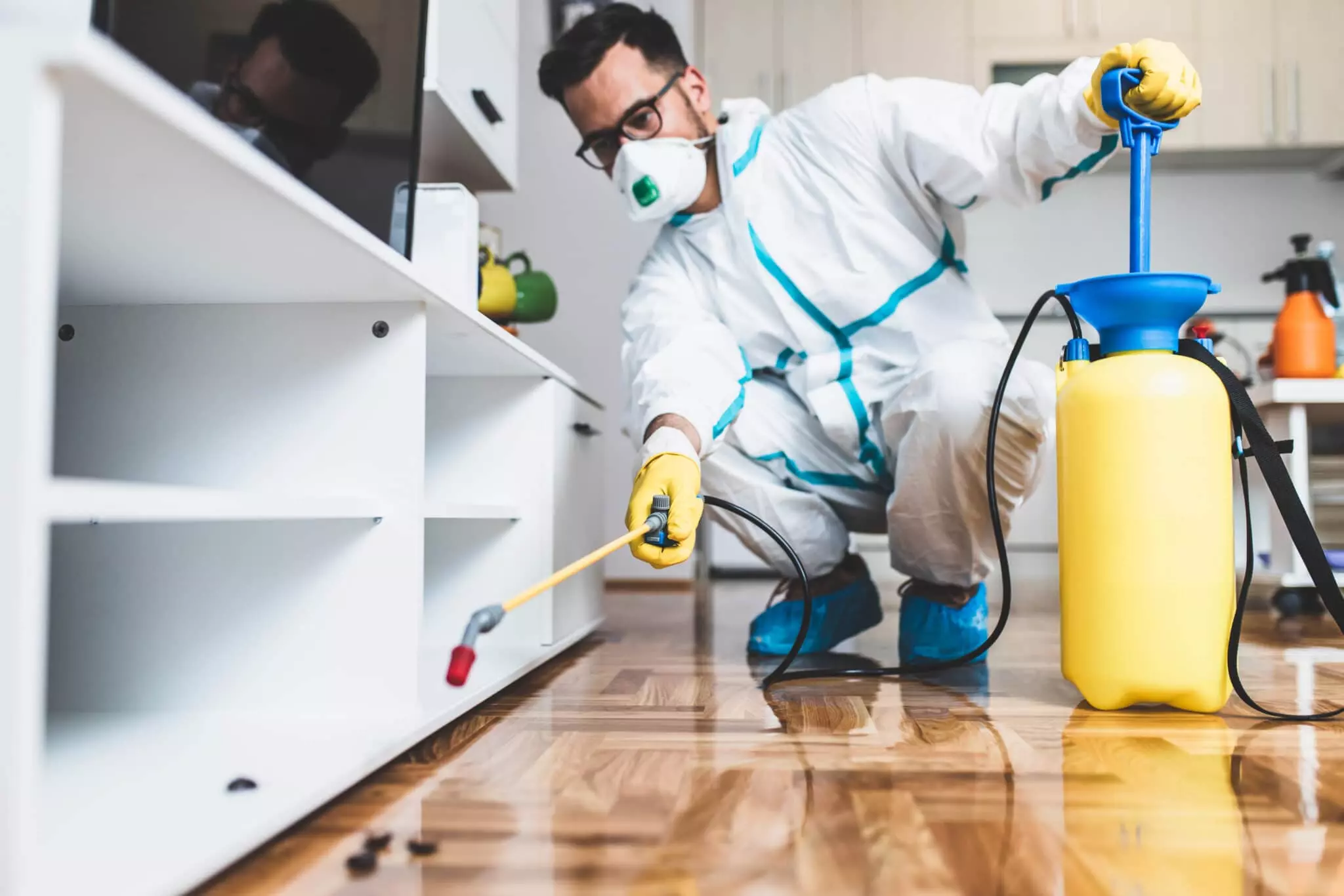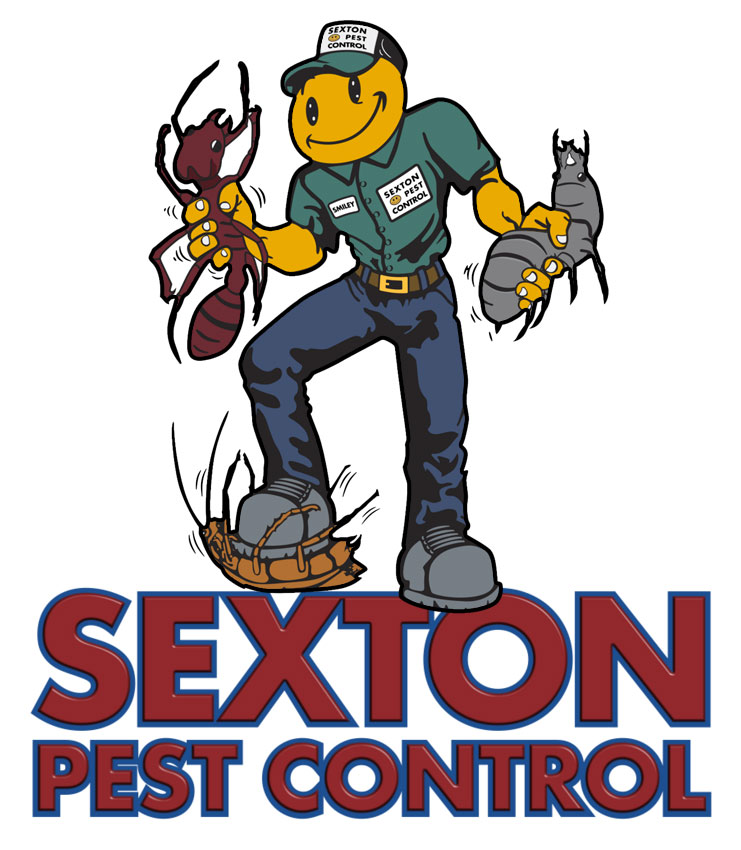Customized Pest Control Homestead Plans for Maximum Security
Customized Pest Control Homestead Plans for Maximum Security
Blog Article
Discover the Tricks of Parasite Control: Exactly How It Functions and Refine Exposed
Parasite control is a careful practice that involves a deep understanding of bug habits, critical preparation, and precise implementation. From identifying the origin causes of problems to applying customized control steps, the procedure of bug control is a blend of scientific research and technique focused on preserving an unified setting. Nevertheless, the details of this process frequently continue to be veiled, shrouded in enigma. Deciphering the subtleties behind effective insect control unveils a globe of organized approaches and thoroughly computed steps that are important in combating and stopping pest-related problems.
Bug Habits Recognizing
Comprehending the elaborate habits of pests is essential for efficient insect control administration. The behavior of cockroaches, such as their preference for dark and moist environments, guides pest control specialists in determining where to concentrate therapy initiatives.
Additionally, comprehending just how bugs engage with their environment and react to external stimulations can boost the performance of control techniques. For circumstances, some insects exhibit signs of resistance to specific pesticides, demanding making use of different chemicals or techniques. By staying abreast of the current research study on pest behavior, insect control professionals can constantly fine-tune their techniques and remain in advance of evolving bug populaces. Eventually, a deep understanding of pest habits is a foundation of effective pest control management.

Assessment and Recognition Methods
Efficient insect control monitoring depends heavily on thorough examination and specific identification approaches to precisely create and assess problems targeted eradication strategies. Assessment includes an extensive assessment of the residential property to establish the degree of the bug issue, determine the type of bug existing, and situate prospective entry factors. This procedure might include aesthetically checking common hiding areas, using tracking tools such as electronic cameras or traps, and examining pest droppings or damage signs.
Identification is a critical step that adheres to evaluation, as various pests call for certain therapy methods. Insect control professionals utilize their knowledge and expertise of insect behavior to recognize the types present properly.
Pest Control Measures Application
Having actually meticulously inspected and precisely recognized the bugs existing, the following critical step is the application of targeted bug control procedures to effectively get rid of the infestation. When the sort of pest has actually been established, tailored strategies are utilized to address the specific danger. Typical parasite control methods include chemical therapies, organic controls, and physical obstacles. Chemical therapies entail using chemicals to eliminate insects, while organic controls introduce natural predators to manage pest populaces. Physical obstacles such as sealing entrance factors or setting up traps are additionally effective in stopping parasites from spreading out or entering within a property.
Correct application of insect control procedures requires proficiency to guarantee the safety of citizens and the environment. By using targeted bug control measures, invasions can be successfully gotten rid of, developing a healthier and pest-free environment.
Ecological Effect Considerations
When implementing parasite control actions,Careful assessment of the potential environmental effect is a vital aspect. Resources Bug control approaches can have different effects on the setting, consisting of non-target species being influenced, contamination of soil and water sources, and interruption of the community. It is necessary to think about these factors to lessen any type of adverse consequences on Continue the environment.
To alleviate environmental effects, integrated parasite administration (IPM) strategies are typically recommended. IPM focuses on making use of a combination of techniques such as biological control, habitat adjustment, and the targeted use of chemicals as a last resource. Pest Control Homestead. By using an alternative method, IPM intends to regulate pests effectively while decreasing damage to the setting

Recurring Tracking and Prevention
Continual monitoring and avoidance play essential functions in preserving reliable pest control techniques with time. As soon as preliminary pest control actions have been implemented, recurring tracking comes to be vital to track insect task levels and make certain that the selected methods are functioning successfully. Normal assessments by experienced professionals allow for the early detection of any type of indicators of insect rebirth, allowing speedy action to be taken before the invasion escalates.
Preventative measures are similarly important in maintaining a pest-free environment. Executing approaches such as sealing access points, maintaining tidiness, find more info correct waste administration, and reducing resources of food and water deny parasites of the basics they require to flourish. By proactively dealing with these factors, the likelihood of a pest infestation is significantly lowered.
In addition, preventive actions add to the lasting success of parasite control efforts, lessening the need for reactive therapies and connected expenses. By including continuous surveillance and prevention right into a comprehensive insect administration plan, individuals and organizations can properly protect their residential properties versus unwanted trespassers.
Final Thought
Finally, parasite control entails understanding insect behavior, conducting complete inspections, executing control steps, thinking about environmental influences, and keeping ongoing tracking and avoidance. By adhering to these actions, pest problems can be successfully taken care of and managed. It is important to take a positive approach to pest control to safeguard both human health and the setting.
By remaining abreast of the most current study on bug actions, pest control specialists can continually refine their approaches and remain ahead of evolving parasite populaces.Having actually thoroughly examined and properly determined the bugs existing, the following crucial step is the implementation of targeted pest control procedures to effectively eliminate the invasion.Additionally, picking eco friendly insect control products and methods can considerably minimize the eco-friendly impact of parasite management methods - Pest Control Homestead. Once first insect control steps have actually been executed, recurring surveillance becomes vital to track parasite activity degrees and guarantee that the chosen methods are working successfully.In final thought, insect control entails understanding bug actions, carrying out complete assessments, executing control procedures, taking into consideration ecological impacts, and keeping ongoing monitoring and prevention
Report this page